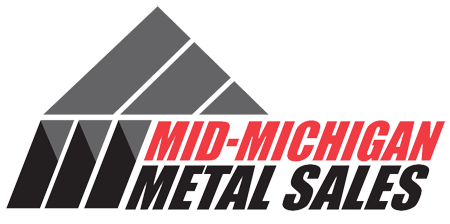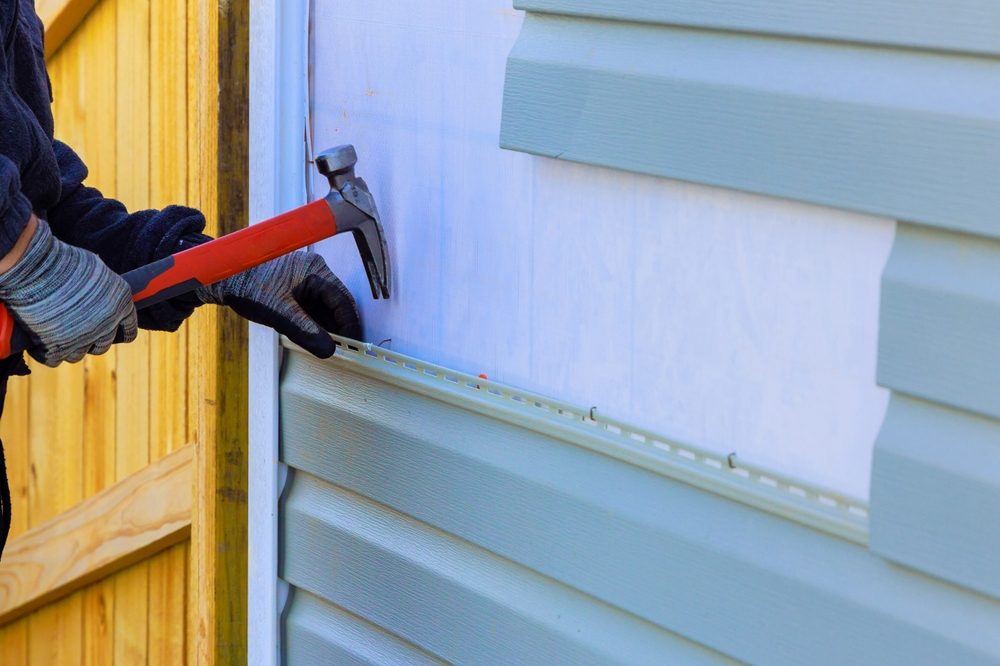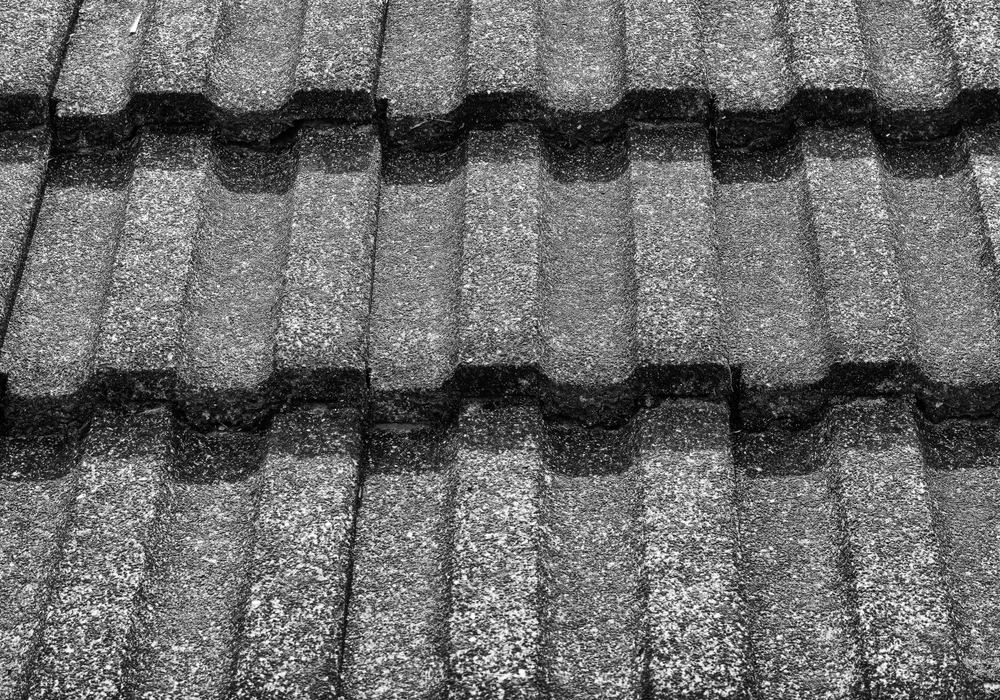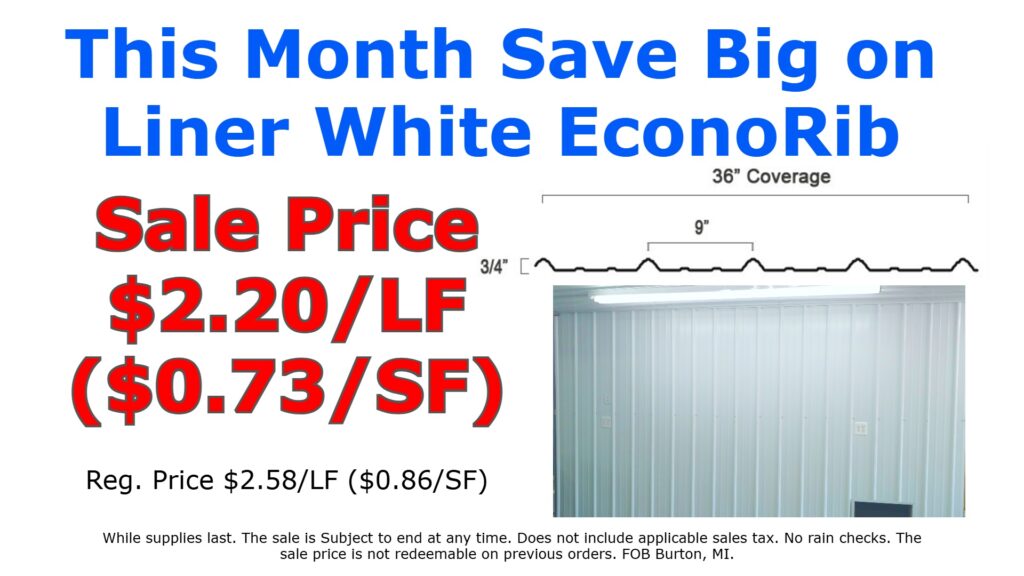Proper installation is important for any kind of exterior building component, and metal siding is a great example. There are a few common mistakes that can be made when installing metal siding products, and avoiding them is important to ensuring your siding is installed properly and works optimally.
At Mid Michigan Metal Sales, we’re here to offer a huge range of metal siding panels and related metal siding products to clients around Michigan – this in addition to our wide selection of metal roofing supplies. Here are some of the most common mistakes we see from clients when it comes to installing metal siding, plus how to steer clear of these issues and install your siding products properly.
Choosing Incompatible Metal Siding Product
The first mistake we see regularly when it comes to metal siding installation actually traces back to the selection of the product itself. While metal siding is a fantastic, durable and cost-effective option for homes and businesses alike, not all metal siding is created equal. Just like any other building material, compatibility is key when it comes to installation success.
One common mistake we see is clients choosing incompatible metal siding products for their specific project needs. For example, certain types of metal siding may be better suited for commercial buildings than residential properties – while others may have special requirements or considerations that must be taken into account during installation.
To avoid this issue, make sure to carefully research your options and consult with professionals who have experience with different types of metal siding materials. Be sure to consider factors such as climate, building structure, and intended use when choosing the best type of metal siding for your project.
Inaccurate Measurements or Cutting
In cases where metal siding panels need to be cut to fit certain areas of a building, precise measurements and accurate cutting are crucial. Any miscalculations or errors in cutting can result in panels that do not fit properly, leaving gaps or uneven edges. This not only affects the aesthetics of the siding but can also compromise its durability and weather resistance.
To prevent this issue, it is important to carefully measure and mark the panel before making any cuts. Using specialized tools such as metal snips or power shears can also help ensure clean and accurate cuts.
Improper Fastening
Another common issue that comes up when installing metal siding on your home or building is the use of improper fastening products or techniques. There are a few separate concerns that may arise here:
- Wrong type of fastener: The type of fastener used for metal siding should be specifically designed for that purpose. Using the wrong type, such as wood screws or nails, can lead to rusting or loosening over time.
- Inadequate number of fasteners: Properly securing metal siding requires a specific number of fasteners per panel, depending on the length and profile of the panel. Using too few can result in panels being unsecured and potentially falling off.
- Incorrect placement: Fasteners should be placed in designated locations along the panel to ensure stability and prevent warping or buckling. Improper placement can also result in issues with water infiltration.
- Over- or under-tightening: Fasteners should be tightened to a specific torque, depending on the type of fastener and panel being used. Over-tightening can cause damage to the metal siding, while under-tightening can result in panels becoming loose.
Be sure to check on your fastening method to ensure that the fasteners are secure but not overly tightened.
Insulation, Ventilation and Condensation Issues
In other cases, mistakes during metal siding installation can take place regarding themes like insulation and ventilation. Any metal roof needs to be properly insulated beneath the panels. The insulation needs to be tightly packed in order for it to be effective. Inadequate insulation can result in heat escaping during the colder months and cool air escaping during the hotter months.
In addition, proper ventilation is crucial when installing metal siding. Without proper ventilation, condensation can build up between the panels and cause damage over time. It’s important to make sure that there is adequate airflow throughout the installation process.
Improper Panel Lapping
Metal siding panels need to be overlapped properly for a few reasons, from moisture infiltration prevention to aesthetic purposes. If the panels are not lapped correctly, water can seep in between the panels and cause damage to the structure underneath. Additionally, improper panel lapping can create gaps between panels that may be unsightly.
As you can see, there are a few common mistakes to avoid when installing metal siding on any structure. For more information here, or to learn about any of our metal siding or metal roofing supplies around Michigan, contact our team at Mid Michigan Metal Sales today!



